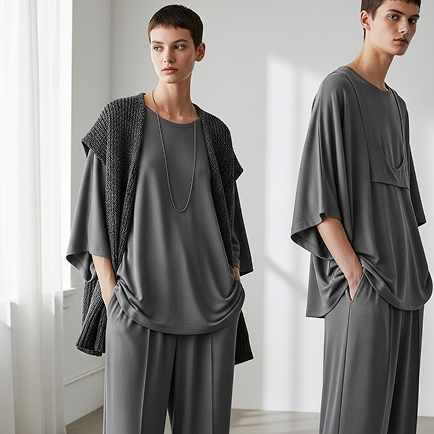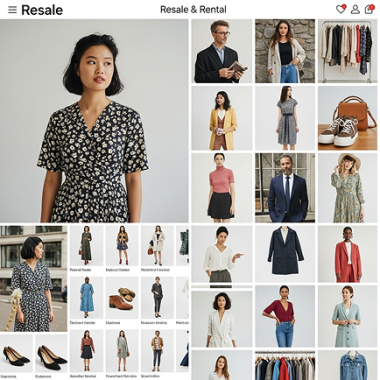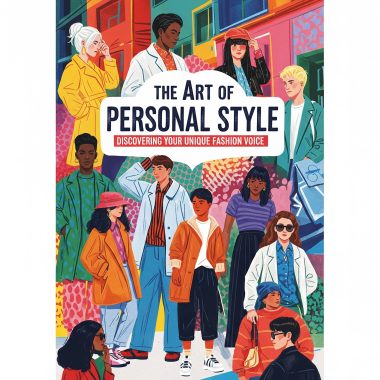Traditional fashion has long been dictated by strict rules: Spring/Summer and Autumn/Winter collections, alongside a clear delineation between men’s and women’s wear. However, a powerful trend is emerging, challenging and gradually breaking down these barriers: fluid fashion, dissolving seasonal and gender distinctions, offering unprecedented freedom of personal expression.
The blurring of seasonal boundaries is a major shift. Designers and brands are increasingly less bound by the traditional fashion week calendar. Instead, they are introducing “see now, buy now” collections or seasonless pieces that can be worn year-round, regardless of the weather. This reflects the reality of changing climates and consumers living in diverse geographies with varying needs. A jacket that isn’t too heavy or a dress that can be layered with leggings or worn on its own, suitable for both winter and summer, is becoming common. The goal is to create timeless items that can be styled flexibly in any condition, maximizing their utility.
Alongside this is the explosion of gender-neutral and gender-fluid fashion. The concepts of “menswear” or “womenswear” are becoming increasingly obsolete. Designers are creating collections, and even entire brands, for anyone, regardless of their gender identity. Oversized t-shirts, wide-leg trousers, slouchy blazers, and gender-ambiguous dresses have become staples that transcend traditional categories. This reflects a broader societal movement towards inclusivity and self-expression, where individuals seek clothing that truly represents who they are, rather than conforming to binary norms.
This shift is not merely aesthetic; it’s deeply rooted in social and cultural evolution. Younger generations, in particular, reject rigid categorizations and embrace fluidity in identity and expression. Fashion is responding by offering greater choice and freedom, allowing individuals to build wardrobes based on personal style, comfort, and aesthetic appeal, rather than prescribed gender roles. This also encourages more versatile purchasing decisions, as items can potentially be shared or worn by multiple individuals within a household, further aligning with sustainable practices.
In conclusion, fluid fashion is dismantling outdated structures, promoting a more inclusive, adaptable, and personal approach to dressing. By challenging traditional seasonal calendars and gender norms, the industry is moving towards a future where clothing is seen as a tool for self-expression that is accessible and relevant to everyone, fostering a truly boundless and empowering sartorial landscape.






